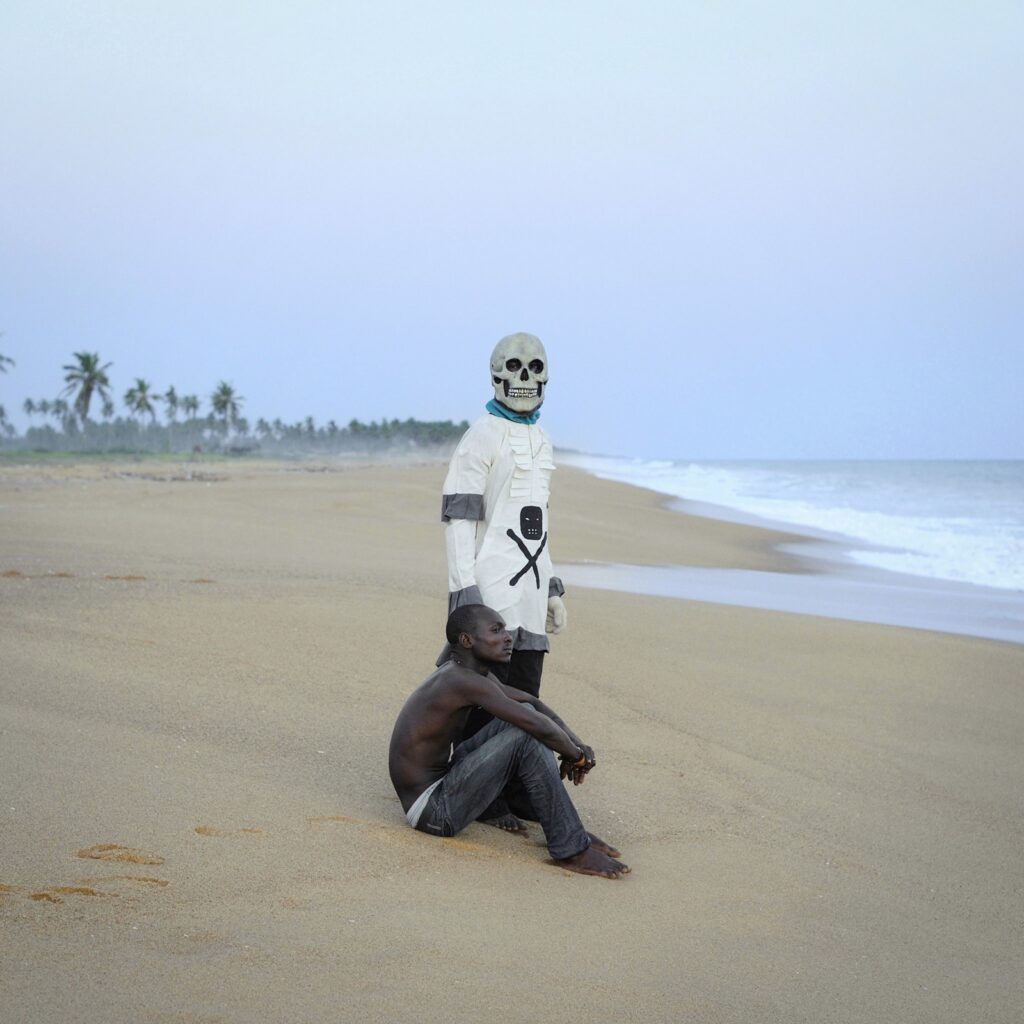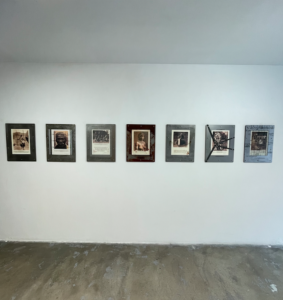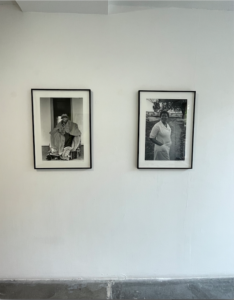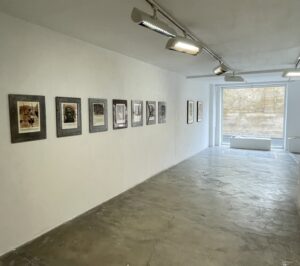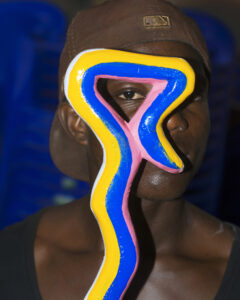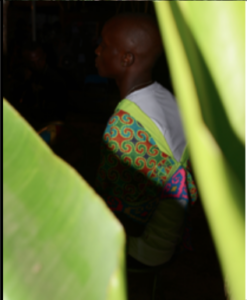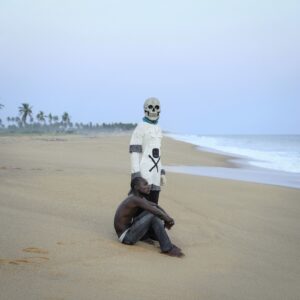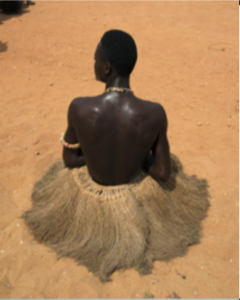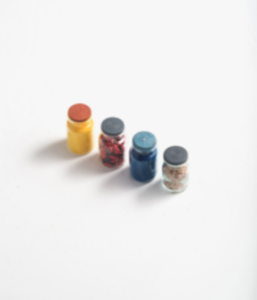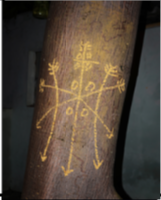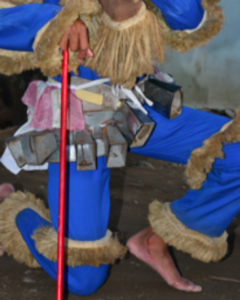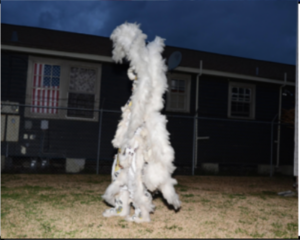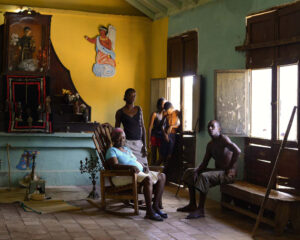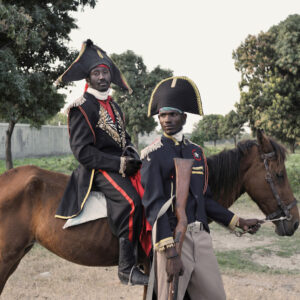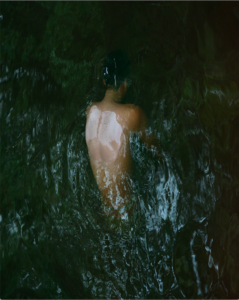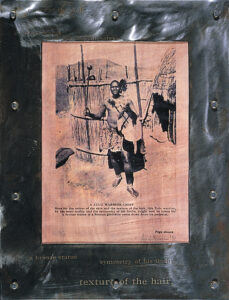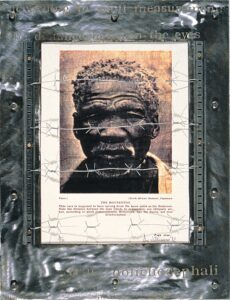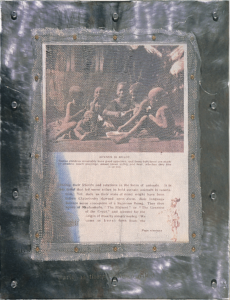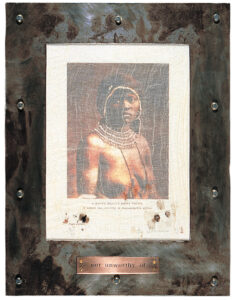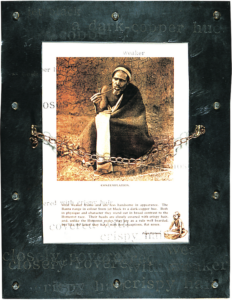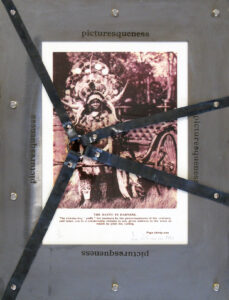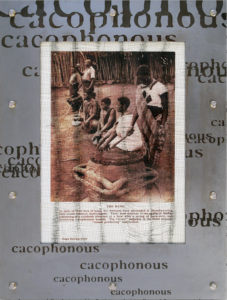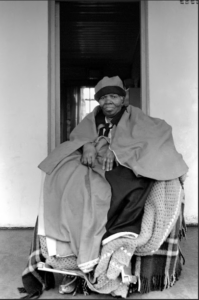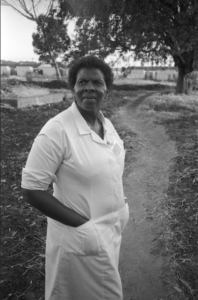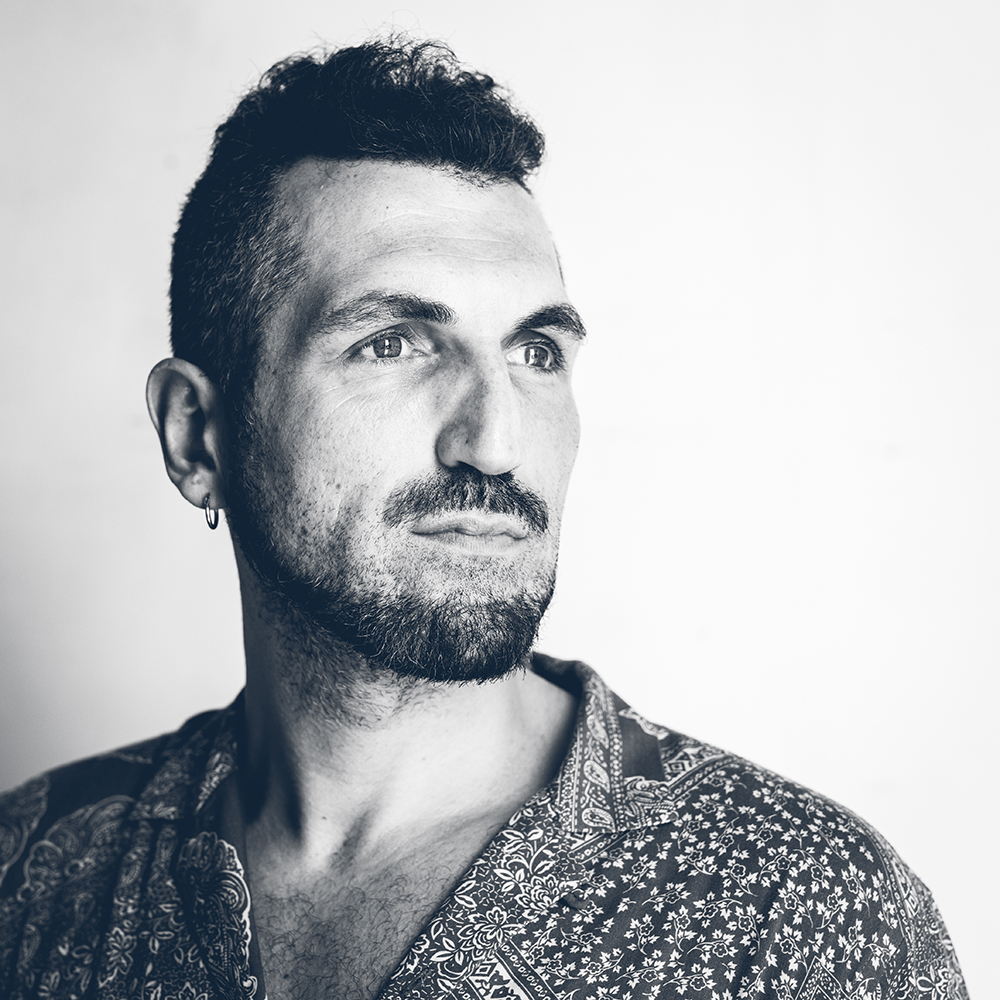EXPLORER
Reception with Nicola Lo Calzo, Friday November 10, 2023
Nicola Lo Calzo
With a background as a landscape architect, Nicola Lo Calzo turned to photography in 2008. Now a teacher-researcher at the École nationale supérieure d'arts de Paris-Cergy, he has lived in France since 2006, where he runs a course on postcolonial and queer practices in photography. He currently lives and works between Bahia and Paris.
His work explores notions of border and margin and highlights the strategies of subaltern communities of survival and reinvention of self in a postcolonial context. As part of his personal questioning around identity and the political body, as a queer person Nicola Lo Calzo highlights the need to restore the political and symbolic stakes of local actors and subaltern communities.
The Galerie Dominique Fiat presents "Portraits résistants", a selection of portraits from the KAM project, produced between 2010 and 2020. The memory of resistance to slavery is considered here not as a 'subject' but as a way of interpreting it, both to deconstruct dominant representations and to reveal subaltern practices of memory that exist on both sides of the Atlantic within historically marginalised communities. Although most of these practices developed in the context of colonisation, they are not a simple reaction to coloniality: they are independent and complex creations. Lo Calzo wishes to highlight how these practices have made it possible to (re)compose interrupted genealogies, to unite diaspora communities that have produced their own forms of knowledge - complex identity practices in which not only memory but also gender, class and race are at play. Through the 'affective' dimension of photography, understood above all as a relational space, Lo Calzo's portraits bear witness to realities absent from official archives.
His work has been displayed in museums, art centres and festivals, including the Festival Fotografia Europea in Reggio Emilia and the Centro Italiano di Fotografia in Turin. In 2017, his work was exhibited as part of the Afriques Capitales exhibition proposed and organised by Dominique Fiat ( Curated by Simon Njami ) between Paris and Lille. In 2015, the Tropenmuseum in Amsterdam devoted a monographic exhibition to his research in Haiti and Guadeloupe. Lo Calzo's work can be found in a number of private and public collections, including the national collections of the CNAP and the BNF, the Lightwork collection in Syracuse - New York, the Alinari Archives in Florence, the Pinacoteca Civica in Monza, the Tropenmuseum in Amsterdam and the J.P. Morgan collection (Paris - New York).
Sue Williamson
With a career spanning over more than fifty years as an activist and artist, Sue Williamson was born in England in 1941 and migrated with her parents to Cape Town in 1948, a few months before the Apartheid government came to power.
In the 80s, with "All our Mothers", she made a name for herself by portraying modest women resisting the power of South Africa, fighting single-handedly and relentlessly. She tells the story of Annie and Esslina Silinga, who rebelled against the requirement to carry an identity passport in their own country. As a pioneering member of an all-race women's movement, Sue Williamson demonstrates her solidarity by, for example, sitting at table with her coloured counterparts in white restaurants. From among the many women she photographs, the artist has chosen those she has met and interacted with since the most since the 1980s.
For the series 'Pages from a Government Tourist Brochure' Williamson selected seven pages from the brochure Native Life in South Africa - published by South African Railways, 'Airways and Harbours Publicity and Travels' in 1936. This was the government department responsible for promoting tourism abroad, and was distributed at a time when South Africa, still a British colony, was developing a strong promotion of its tourism abroad. In each of these pages, the captions of the photographs, with their obsession with skin colour and hair texture and their disparaging commentary on religious beliefs and social customs, objectify their subject. The artist has carved words and phrases from these captions into rigid steel frames and created additional barriers between the viewer and the subject provided by various 'filtering' devices.
For Sue Williamson, each portrait is an exercise of admiration.
Sue Williamson's work can be found in many major collections, including Tate Modern, the Victoria & Albert Museum in London, MOMA, the Centre Pompidou and the Fonds National d'Art Contemporain. In 2022-2023 she exhibited at the Box Museum and KARST Contemporary Arts in Plymouth, at the Barnes Foundation in Philadelphia in a duo show with Lebohang Kganye, at the Oude Lesskamer in Stellenbosch, and at the South African National Gallery in Cape Town. In 2024, she will exhibit at the Van Loon Museum in Amsterdam, at the opening of the Fenix Museum in Rotterdam, and will have a major retrospective in 2025 at Iziko South African National Gallery, Cape Town.
